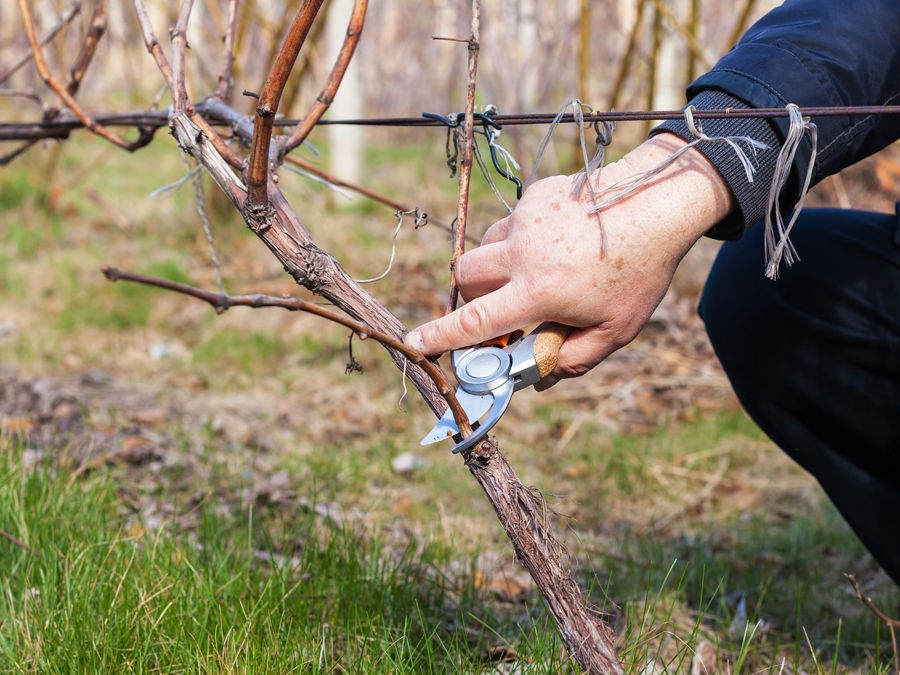To achieve top-quality grapes and healthy vines, grapevine care requires particular attention, with pruning as one of the core practices. Various pruning techniques, like formative pruning, gentle pruning, and high pruning, are essential. These methods not only influence the yield and quality of grapes but also improve the vine’s resilience against diseases, pests, and extreme weather conditions such as frost, hail, or drought. Tailoring these techniques to specific soil and climate conditions can help each vineyard thrive.
The Purpose of Pruning
The primary goal of pruning is to regulate the vine’s natural growth. Uncontrolled growth leads to longer shoots, which can negatively impact the quality and ripeness of the grapes. By selectively trimming the vine, growers can control the number and size of grape clusters, ensuring a more balanced yield. Pruning also allows the vines to adapt to their environment, preserving their vigor. It’s important to note that overly aggressive pruning can weaken the plant, so each vine’s condition must be carefully assessed: stronger vines can bear more clusters, while weaker ones should be pruned lightly to conserve their energy.
Timing and Techniques of Pruning
Pruning typically occurs during the vine’s dormancy, from November to March. Growers use both manual and mechanical methods, with key terms including:
- Buds: These are the future shoots, also known as “eyes” or “nodes.”
- Shoots: One-year-old shoots, often referred to as “canes” after their growth.
- Short Pruning: Trimming back to 1-3 buds per shoot.
- Long Pruning: Trimming back to 4-10 buds per shoot.
Different Pruning Systems
The choice of pruning method depends on several factors, including vine variety, planting density, and desired yield. Common methods are:
- Gobelet Pruning: A traditional short-pruning technique that keeps vines low, suitable for Mediterranean areas where low growth protects grapes from wind and intense sunlight.
- Cordon de Royat: A higher variant of the Gobelet, designed to keep grapes off the ground and prevent excess moisture.
- Guyot Pruning: A popular method that preserves only fruitful buds, maximizing yield while maintaining vine health.
Gentle and Minimal-Intervention Pruning
Increasingly, winemakers are adopting gentle pruning techniques to support vine growth and prevent disease. These methods, which can be applied across all pruning styles, boost vine vitality and grape quality. Gentle pruning helps protect vines from external factors and extends their lifespan, enhancing overall grape quality. Adapting each method to the vineyard’s unique conditions contributes significantly to the longevity of the vines and the excellence of the harvest.
🍇 By understanding and applying these varied pruning techniques, growers can ensure their vines remain healthy and productive for years to come. 🍇

